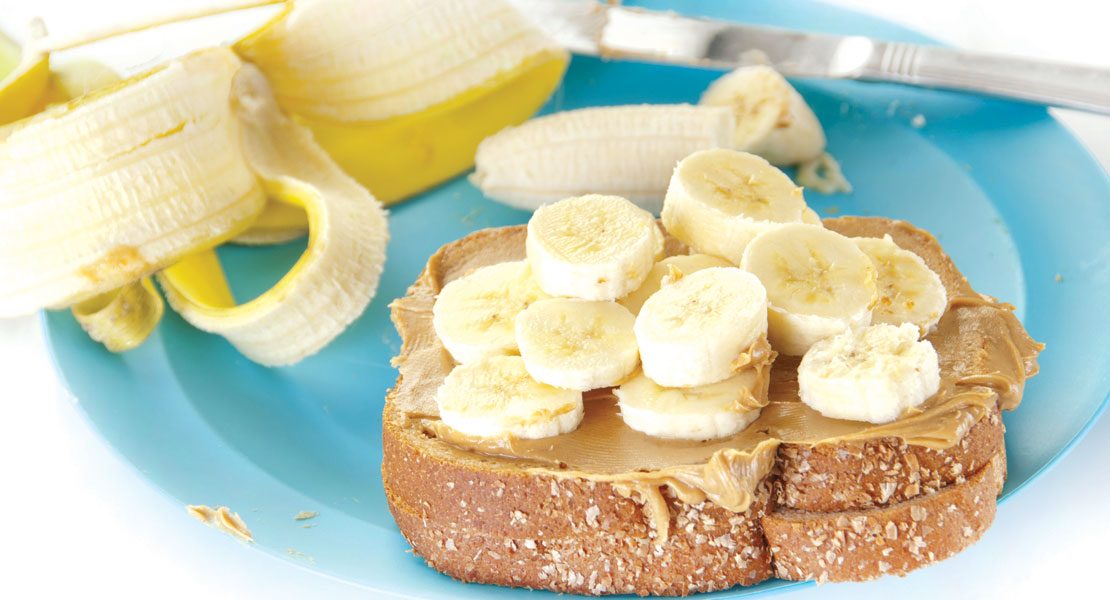Now Serving: Healthy School Lunches

by Ann Wlazelek
School lunches – snacks included – aim to be a bit more nutritious this school year. Cafeterias will pack more whole grains and less fat, sugar and salt into all foods served on campus as the latest effort by federal health officials to reverse the nation’s rising rate of childhood obesity, which now stands at or above 17 percent.
The best part? The kids may not even notice.
“In our district, I don’t think students will notice much of a difference because we’ve been taking the junk out for the last 4-5 years,” said Todd Holmes, food service director in the Parkland School District. The same holds true for all schools participating in the National School Lunch Program, including local districts, where obesity rates for some pupils and teens top 20 percent.
Changes might also go unnoticed because the food industry has been altering recipes to meet the regulations, he said, so that a Rice Krispie Treat still looks and tastes the same but is made more nutritious with brown rice and less sugar.
Holmes should know. He has been overseeing school lunch programs for 20 years and also sits on the executive board of the School Nutrition Association of Pennsylvania as treasurer. Most of this school year’s changes apply to snacks or a la carte items, such as ice cream, candy bars and foods sold at fund-raisers, Holmes said.
“Smart Snacks” is part of the “Healthy, Hunger-Free Kids Act of 2010,” which requires schools across the country to add more healthy fruits and vegetables to student meals and eliminate some of the unhealthy fats, sugars and salt. To comply, schools have had to add more red/orange vegetables, such as carrots and sweet potatoes, and dark greens, such as broccoli, to their menus. Salad bars offer students a variety of greens they may never have tasted at home. Breads, rolls and pasta need to be at least 50 percent whole grain. And, every serving has to be 200 calories or less.
Foods sold at fundraising events during the school day must follow the same guidelines, Holmes said. “That knocks out a lot of baked goods, but even hoagies must be on whole grain rolls.” Not included are foods sold after school hours, such as sporting events in the evenings or on weekends.
All drinks served during school, including non-fat and low-fat milks, fruit juices and vegetable juices, are limited to 12 ounces or less per serving. The only exception being water and no-calorie flavored waters. Kids can drink their fill.
Tina Amato, a registered dietitian and nutrition and physical activity manager for the Allentown Bureau of Health, said she is pleased with the increase in fruits, vegetables and whole grains in meals served at school. “It is an overall better balanced meal than they sometimes get at home,” she said.
In the Allentown School District, obesity rates ran as high as 24 percent among elementary, middle and high schools in the 2010-2011 school years, Amato noted. That means more than one in every five children carried so much excess body fat that health officials consider him or her at risk for serious life-threatening conditions that typically occur later in life, such as diabetes and heart disease.
This being National Childhood Obesity Awareness month, Amato and Holmes want families to know there is plenty that schools and parents can do to help children slim down and eat healthy.
Schools that practice what they teach can change behaviors in students and their families, according to Amato, who cited the case of one student who wouldn’t drink non-fat milk at home but tried it at school because it was strawberry flavored.
Schools serving proper portions might hear complaints from students that they are still hungry, Amato adds. But, that could be because they have been used to “super-sized” portions at restaurants or at home. Proper portions at school, she said, teach youth what an appropriate, balanced meal should look like.
Of course the healthiest menu means little if students won’t eat what is on their plates. “We put out what we know they’ll take,” Holmes said of Parkland. “And occasionally, we’ll try adding something like hummus, which is made from chick peas and is a popular niche food. Or, fresh bagels, string cheese and yogurt.
At Parkland, one of the largest school districts in Lehigh County, about half of the students buy their lunches, which means that the other half bring lunch from home. Parents can pack healthier lunches by mimicking foods and portions on the school menu, which contain a whole grain, protein, fruit and vegetable, Holmes said. Even the standard peanut butter and jelly sandwich can be made healthier by using whole grain bread, no-sugar-added fruit spreads and low-fat peanut butter.
Trying to slow or reverse childhood obesity rates here and across the country simply through good nutrition at school is difficult, but not impossible, the experts say. That’s why area schools and the city health bureau also encourage children to play sports, exercise and “move” every day.
“It’s a big start,” Holmes said of incorporating a healthier diet at school. He noted that 6-7 years ago schools were required to serve whole milk to children and now the staff cannot serve milk with a fat content exceeding 1 percent. “It’s worth it,” he said. “It won’t happen overnight, but if kids eat this lunch every day, they’ll be fine.”
NOW SERVING
Suggestions for healthy brown bag school lunches*
Monday
• Natural peanut butter and banana sandwich on two slices of whole-wheat bread
• Celery and green pepper slices
• Low-fat string cheese
Tuesday
• Turkey and cheese wrapped in a whole wheat tortilla
• 1/2 cup pineapple chunks
• 1 serving broccoli salad
Wednesday
• 3 tablespoons of hummus with one mini pita and 6 cucumber slices
• Greek yogurt
• 1 cup grapes
Thursday
• Tuna fish (made with low-fat mayo) on whole-wheat bread, topped with lettuce and tomato
• 1/2 cup cantaloupe
Friday
• 1 hard-boiled egg
• Blueberry-banana muffin
• Small container light or fat-free yogurt
• 10 baby carrots with 2 Tbsp. light ranch dressing
*Source: registered dietitian Michelle Martucci with Lehigh Valley Health Network



















